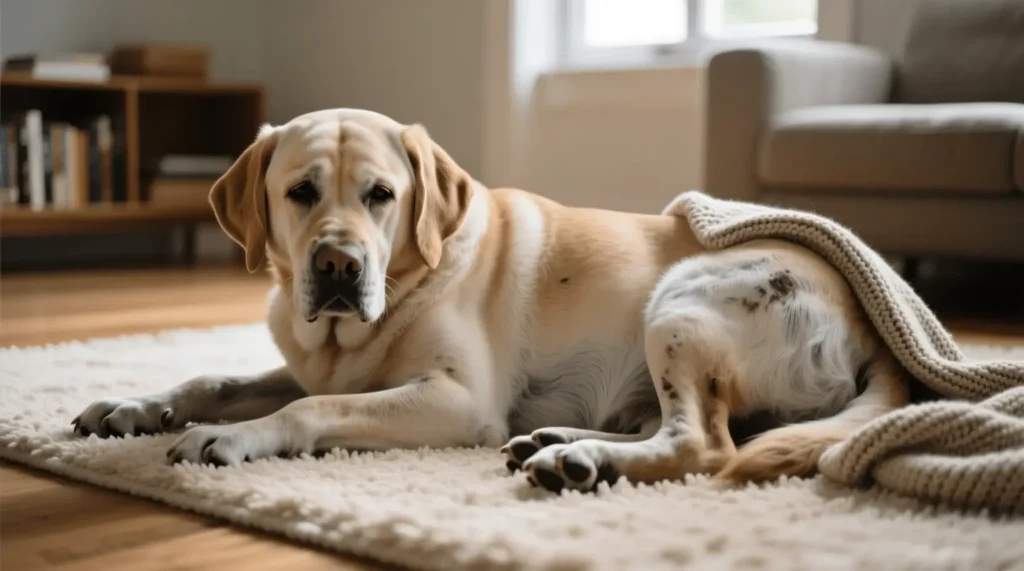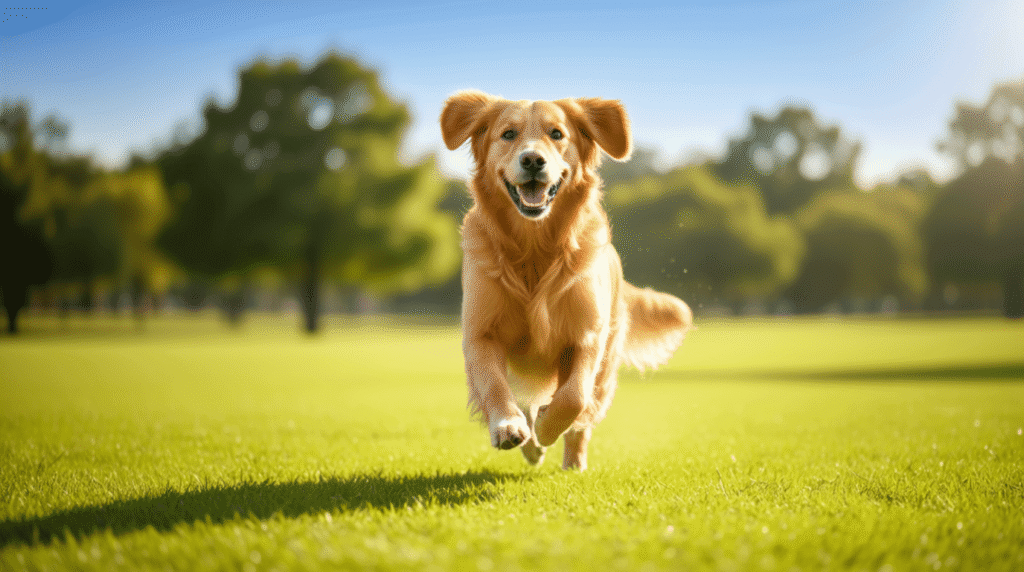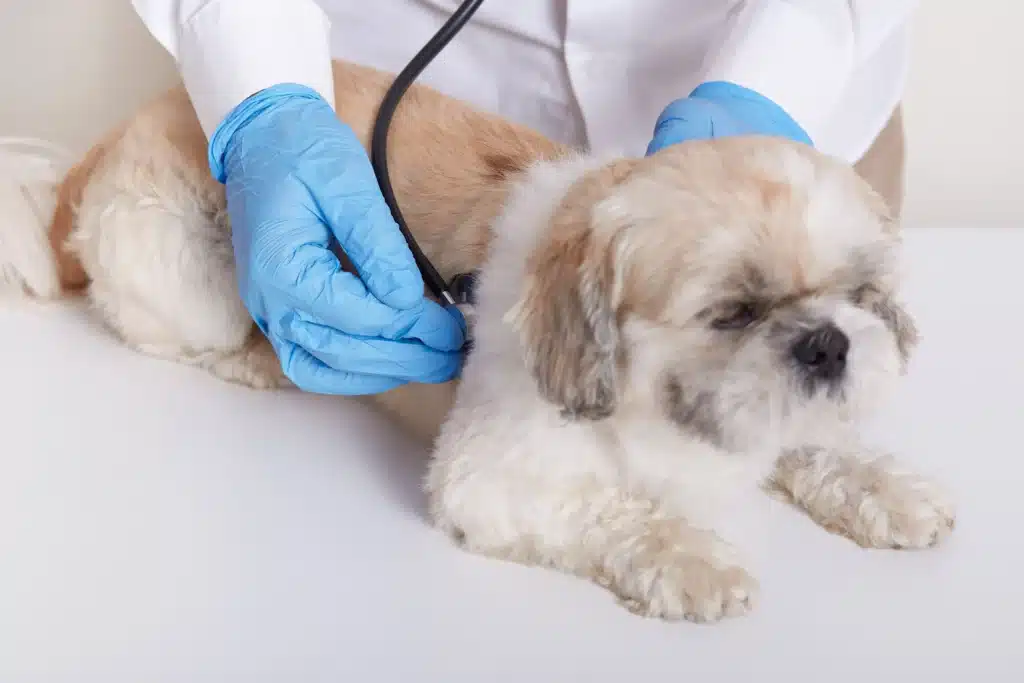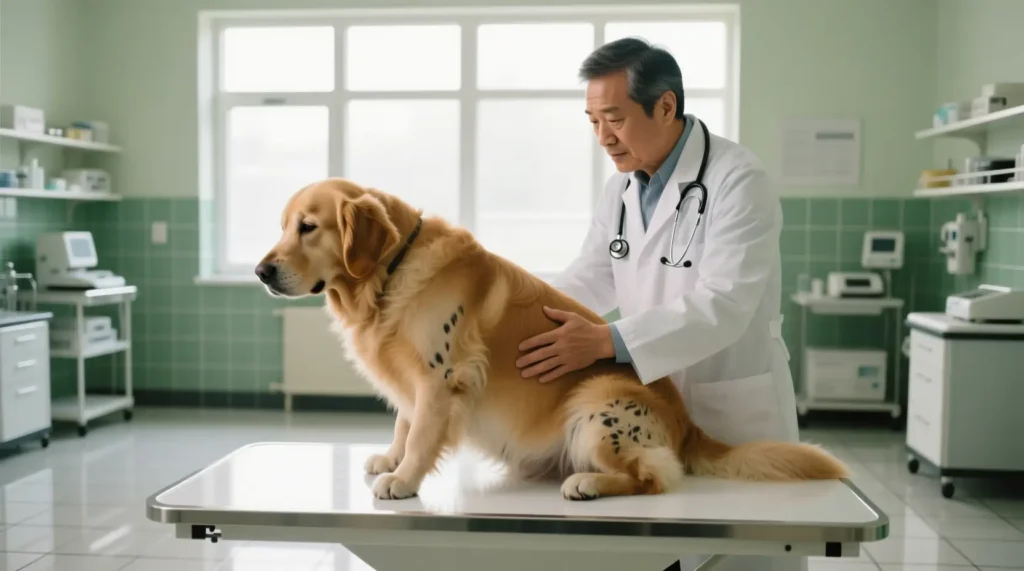Ageing is a natural occurrence, and with the ageing of our beloved pets, the issue for us is enabling them to experience their final years of life in comfort, dignity, and with compassion. One of the hardest decisions any pet owner will make is knowing when the time comes for intervention, hospice or palliative care, or euthanasia. Using a structured, compassionate process to evaluate your geriatric pet’s quality of life (QoL) will help us make informed decisions about their care.
What Does “Quality of Life” Mean for Older Animals?
“Quality of life” is a holistic perspective: it involves not only physical health but also emotional health and the continued capability to enjoy life. It is also subjective; what is acceptable for one pet may not be acceptable for another. Because pets cannot verbally communicate their discomfort, we must interpret their signals and cues through observation, veterinary assessments, and sometimes, by using structured scales (How to Assess Your Senior Pet’s Quality of Life, 2025).
Many veterinary frameworks utilise or adapt a measurement called HHHHHMM (Hurt, Hunger, Hydration, Hygiene, Happiness, Mobility, More good days than bad).
The principle is to evaluate a number of key points, and to score them for assessment or use subjective observation.
Major Areas of Assessment in the Quality of Life Evaluation
The following are the key areas you will want to monitor in a senior pet regularly. Use your observations and your vet’s observations as needed. Nobody knows your pet as well as you!
1. Pain & Discomfort (“Hurt”)
Pain control is paramount. If a pet is in pain, their quality of life is suffering. Consider these questions
Does your pet show any signs of lameness, stiffness, whining, panting, or reluctance to move or change positions?
Are they displaying any respiratory distress, laboured breathing or panting while resting?
Has the pain been managed with medication or modalities such as analgesics, joint supplements, physiotherapy? Veterinary guidance is key.
Even if everything else in a protocol is rated acceptable, in many guidelines, unrelieved pain is a yellow flag indicating treatment should be assessed.

2. Appetite / Nutrition (“Hunger”)
A pet’s desire for food is an excellent indicator of health and welfare
Is your pet consuming its regular food? Alternatively, do they leave their meals untouched, do they bite and spit out, or eat a few pieces but leave the majority for later?
Have they lost or gained an excessive amount of weight?
3. Hydration (“Hydration”)
Having enough fluid intake is essential for organ function and comfort.
Is your pet drinking water appropriately? Is your pet keeping it down (i.e., is he/she not vomiting)?
Does your pet require subcutaneous fluids (fluids given under the skin) to remain hydrated? In some plans in hospice, this is used to help maintain hydration.
Are there any clinical signs of dehydration (dryness of gums, skin tenting, lethargy)?
If hydration becomes a significant oversight, this domain also weighs heavy on overall assessment.
4. Hygiene (“Hygiene”)
A pet that cannot clean itself or remain healthy in its elimination can develop secondary issues (skin sores, infections, incontinence) that detract from quality of life.
Is your pet able to eliminate (urinate and defecate) without distress or accident?
Is your pet able to get away from its urine or groom itself (lick)?
Are there pressure sores, matted fur, infections or wounds that cannot be kept clean?
Having intensive, full-time care to ensure hygiene make living with moderate care weigh in negative of QoL.
5. Happiness / Mental well-being (“Happiness”)
While physical wellness is very important, so too is emotional wellness.
Does your pet still express interest in things it enjoys (toys? walks? you? interaction)?
Does your pet still greet you, seek your company, purr, wag its tail, or exhibit other signs of happiness?
Conversely, does your pet hide, seem apathetic, act fearful, or have a depressed conduct?
A pet who has largely lost emotional engagement and the joys of a life exaggeratedly may not value that life.

6. Mobility
Mobility affects many of the other domains, the ability to reach food, water, eliminate, lie comfortably and interact with the world.
Is your pet able to walk, stand, shift position, climb stairs, or move without extreme difficulty or distress?
Do they need assistance (i.e. slings, harnesses, carts)? Do they collapse, stumble or have seizures?
Are “bad days” creeping in more frequently and/or with more extreme mobility impairment?
Some pets may have some physical limitations yet can still lead a good life if pain is well managed, environment is modified, and some assistance is provided – but the burden of care may be too much.
7. More Good Days than Bad
This domain is a bit more of a summative judgment – as time goes on are your pet’s “good” days exceeding the “bad”?
Keep a daily log or journal of your pet’s behaviour, mood, and comfort over a week or month, you may notice trends.
If “bad” days (poor appetite, severe pain, very low mobility) increasingly outnumber or seriously exceed the “good” days, then this is a red flag.
Owners often express that this domain provides them with some intuitive information.
Putting It All Together: Utilising a QoL Scale
One popular approach is to score everything in each domain (e.g., 0-10) and then combine everything together. For example, on the HHHHHMM scale, a total score above 35 is an acceptable indicator of quality of life, while an ongoing total score below that would suggest re-evaluating the quality of life further (Quality of Life Scale, 2025).
A second approach is the Lap of Love Pet Quality-of-Life Scale, which breaks observations into sections, such as mental health, physical health, interactions with social beings, basic natural functions, and family concerns, with a guide to interpretation. (0 = agree with the statement (describes my pet), 1 = some changes seen, 2 = disagree with the statement (does not describe my pet) (www.lapoflove.com).
.
These are guidelines, not necessarily rules. A low score in one domain (one example is unrelieved pain) can outweigh positive aspects in other domains.
Your veterinarian is your most valuable resource. Based on clinical exams, diagnostics, and experience, they can help interpret your observations, advise on any palliative options, and discuss when the quality of life cannot outweigh the potential for suffering.
Practical Tips & Considerations
Keep it consistent, use the same scale regularly (daily- weekly), and notice how it may vary over time.
Include family or caretakers, an extra set of eyes or perspective may see things that you don’t see, or it may simply be more objective.
Incorporating Data into Decision-Making
In some cases, you may want to convert observations into scored models. More veterinarians are likely to incorporate tools for assessing frailty, such as simplified and less involved screening scales, based on recent research, such as muscle/condition + gait + behavioural changes. That may help determine your senior dog’s risk profile in the upcoming months.
As the Dog Ageing Project and related research progress, you may also be able to use normative ageing curves to determine how your dog’s health trajectory compares to the averages of its peers.
Finally, this new research has provided evidence that treatment matters:
Nutritional strategies, supplementation, joint support, and weight management are considered pillars of “healthy ageing” research in dogs.
Cognitive-support interventions may be able to slow the decline of cognitive ageing or even provide measurable improvements (as demonstrated in the Senior Dog Study).
So, a quality of life assessment is not simply a passive exercise; it can provide some guidance into what kinds of supports or therapies might improve meaningful comfort.
References
How to Assess Your Senior Pet’s Quality of Life. (2025). AAHA. https://www.aaha.org/resources/how-to-assess-your-senior-pets-quality-of-life
Quality of Life Scale. (2025). Quality of Life Scale (The HHHHHMM Scale. https://caringpathways.com/wp-content/uploads/2018/02/QualityofLifeScale.pdf?


